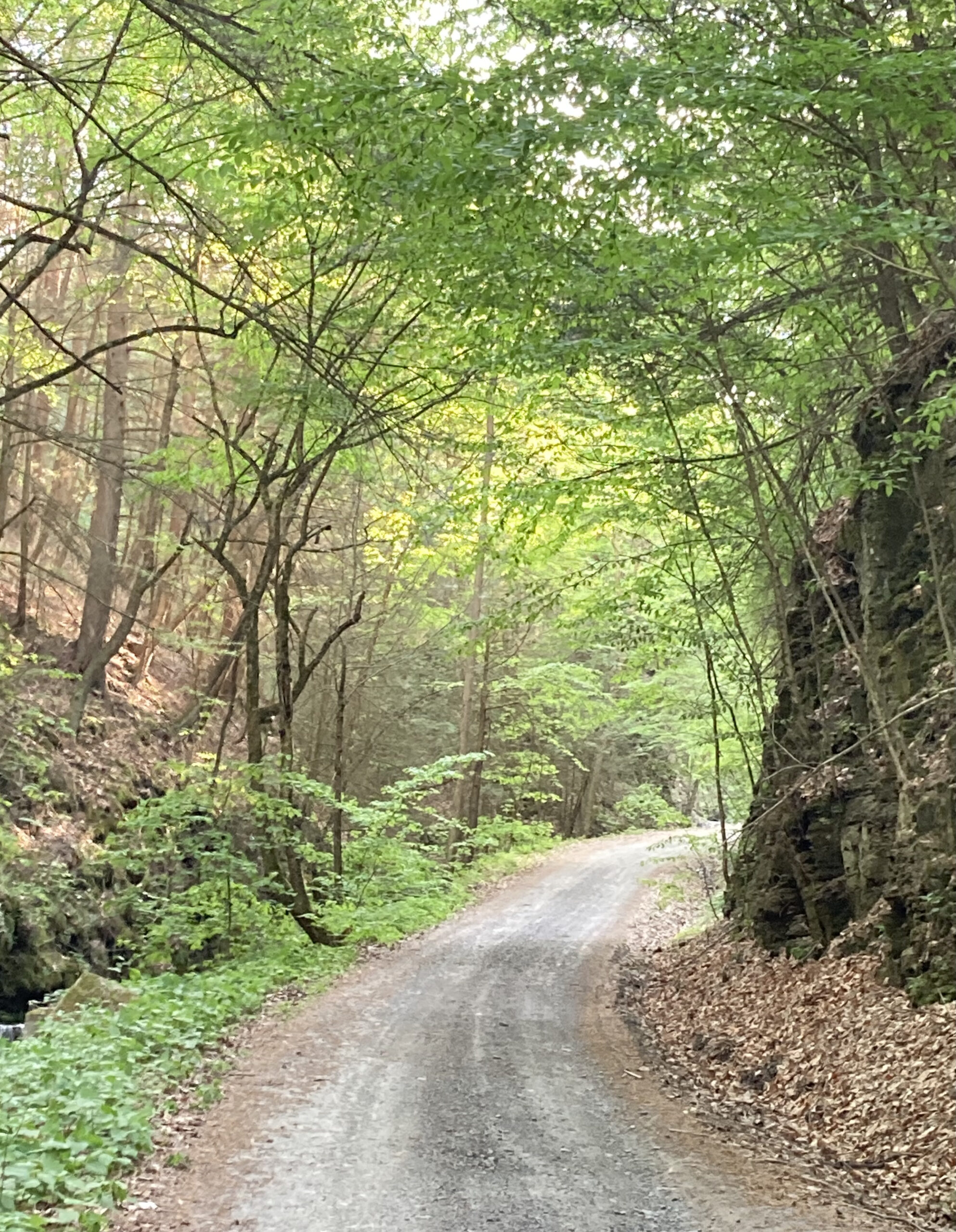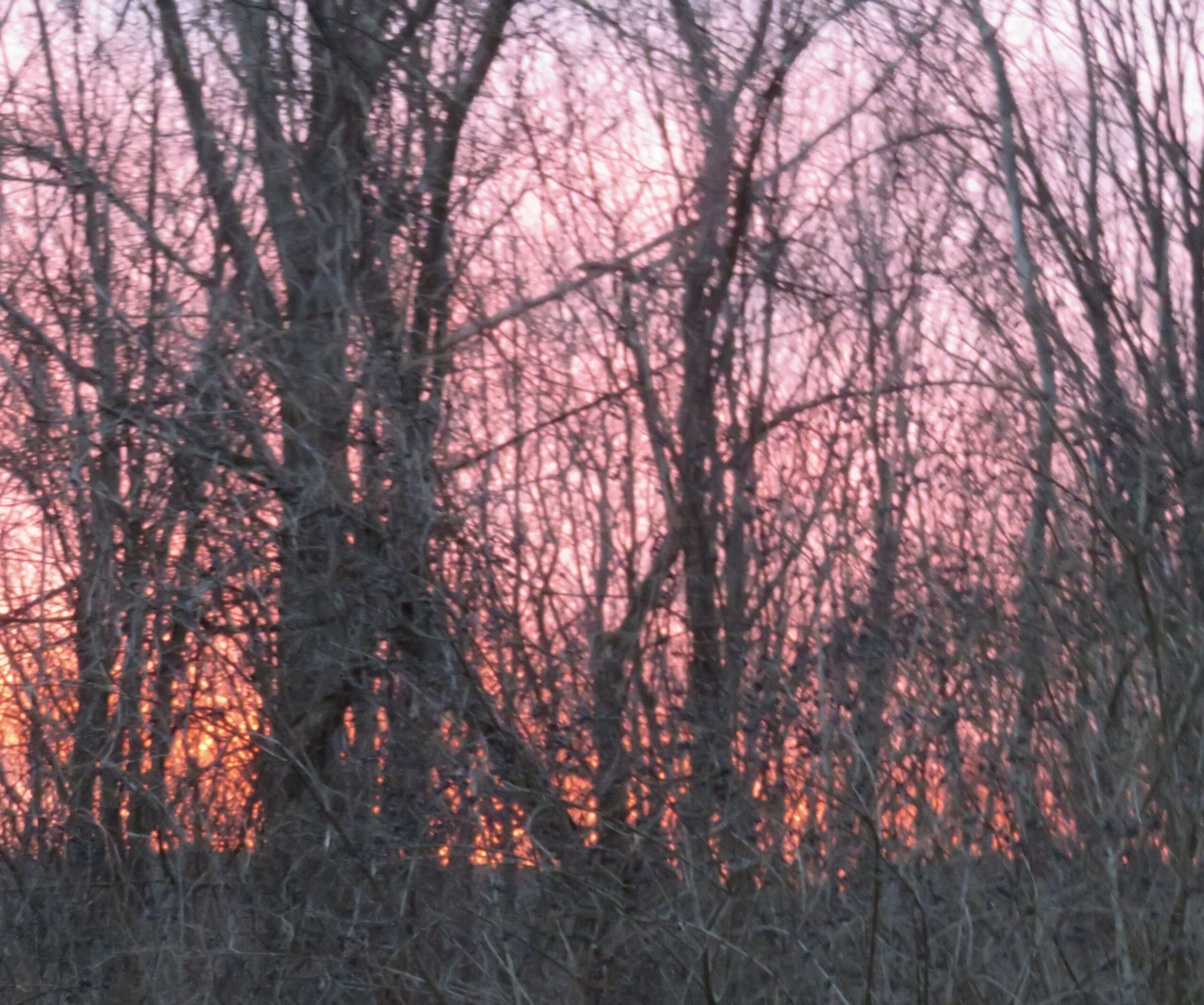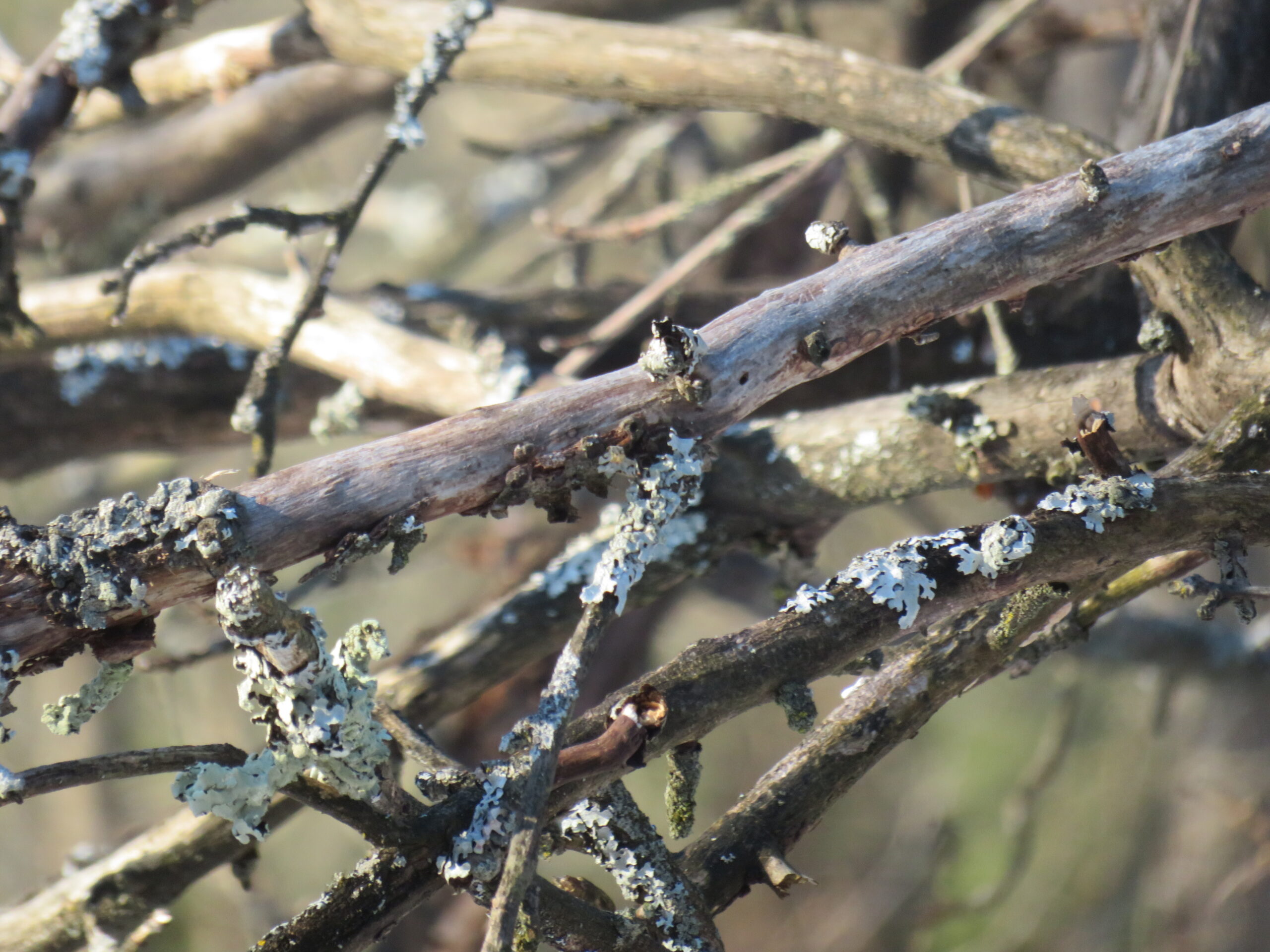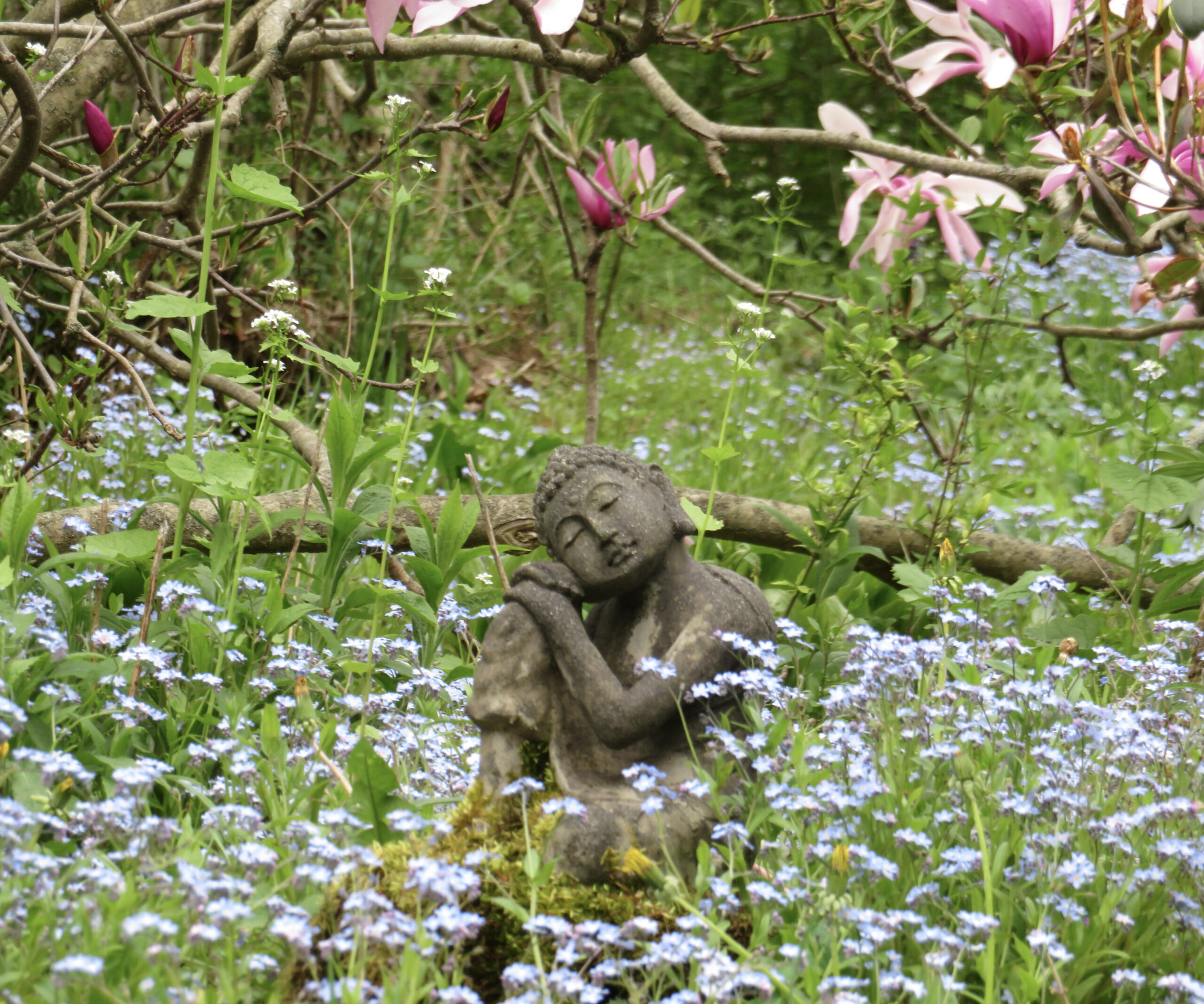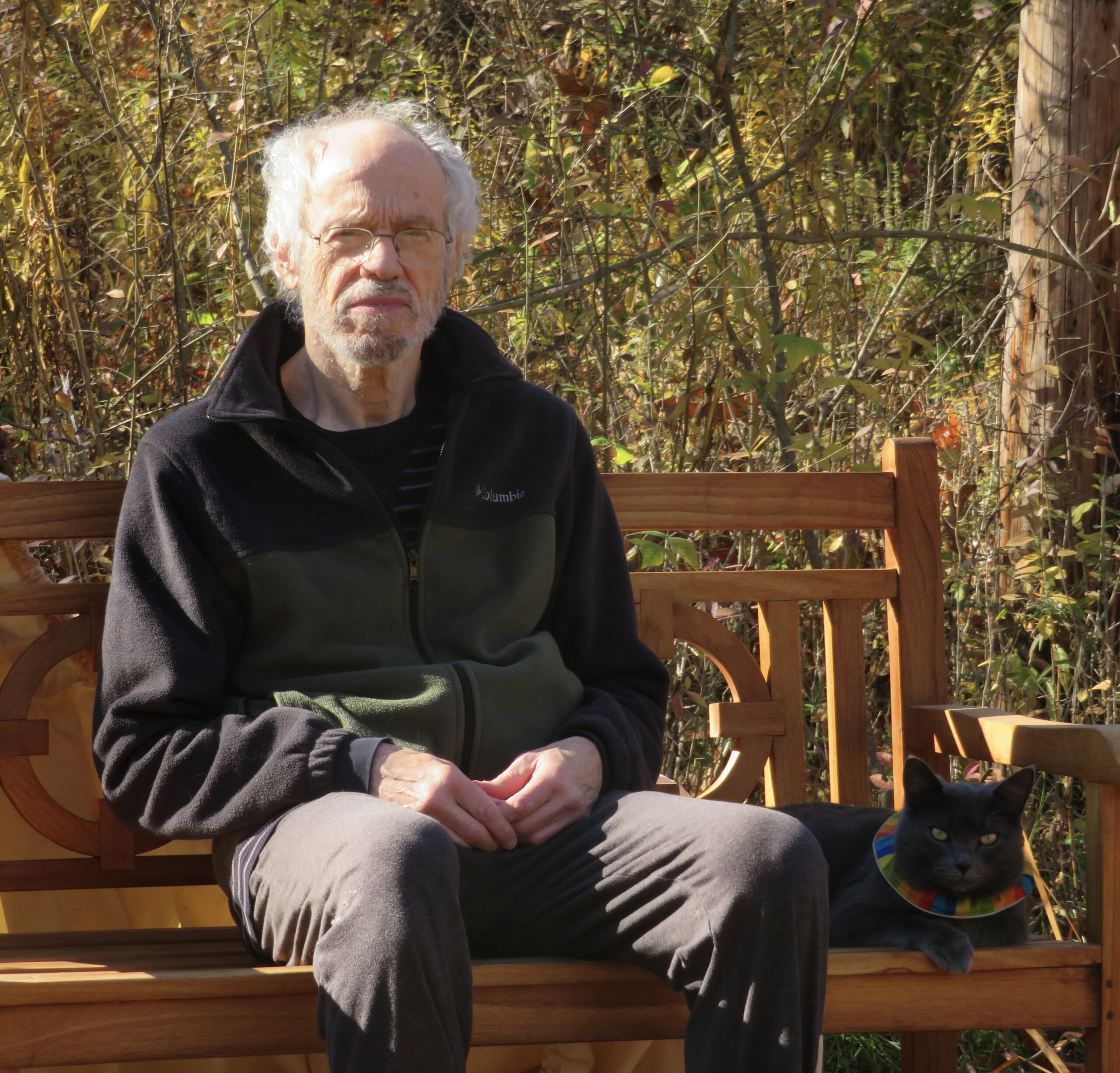When I was 19 and deeply involved in trying to figure out who I was, I heard a lecture by the philosopher of eastern religions, Alan Watts and read several of his books. He helped change how I felt about life.
When I thought ahead to the future, it seemed so big. A vast number of days, and a huge weight to carry. So many questions: how do I decide on a career? What should I do with all this time I have? How can I do some good? Thanks to Watts and others, especially to a few inspiring teachers, instead of a life of tasks and burdens mixed with occasional pleasures, I began to see depth and beauty; began to realize how my own response, attitude, and openness shaped the reality I experienced.
Three books by Watts stand out for me. The first: The Book: On the Taboo Against Knowing Who You Are. The second: The Wisdom of Insecurity: A Message for An Age of Anxiety. The subtitle of the latter book, published in 1951, is certainly an appropriate label for today.
In another book, The Way of Zen, Watts not only explains his view of Zen history and practice but introduces the reader to four different moods often found in and characteristic of Zen and Japanese arts. It was a new thought for me that a philosophy could be expressed in a few distinct moods. These moods are, in Japanese, sabi, wabi, aware (a-wa-re), and yugen.
Understanding these moods can reveal unexpected ways to live life more directly and skillfully. The Way of Zen describes how the arts can be a way of practice and gives examples of poetry brewed in the four moods. Especially in these troubling times, when I read these poems, my mind and heart settles and comes alive. I discern better how to respond with strength even to the toughest situations and feel appreciation and gratitude for so much I have been given. These moods also reveal different ways and stages of meditation practice.
When we look at the breadth of the future, we can get lost. To make a decision, it helps to feel the truth of what is in and around us. There isn’t an infinity of moments ahead of us, only one.
As much as I understand it, Sabi, according to Watts, is when we get quiet and feel detached from our usual concerns⎼ worries, social media, plans, and expectations. Silence is not the absence of sound or thought, but being present, not judgmental or grasping, to sound and thought. We focus, for example, on one breath at a time, one place, one thing. We can see anything or “all things as happening ‘by themselves’ in marvelous spontaneity.” The poet, translator, Lucien Stryck called sabi, “…the feeling of isolation at the midpoint of an emotion when it is both welcome and unwelcome, the source of ease and unease…” It is the recognition of beauty in asymmetry, imperfection, and the yearning to go beyond a superficial understanding.
Wabi, I think, is similar to sabi. It is a sense of simplicity and purity. Watts said the mood can arise when we feel sad or depressed and we notice the uselessness of much of our concerns. We catch a glimpse of the ordinary in its “incredible suchness.” The sincerity. Stryck said it is the feeling of something previously ignored now seen as precious. This very moment is all we have. The ordinary is no longer ordinary. The philosopher and environmentalist Henry David Thoreau spoke of being “self-sufficient with an insufficiency of things.”
It’s the simple that will save us. It has been said that we can’t take our money or possessions with us into death. We can’t take anything, except what’s in us at that moment. How can we accept this moment is gone before we even recognize it’s here? …
*To read the whole article, please go to The Good Men Project.


